How To Use The Hospital Chair Recliner?
Introduction about hospital chair recliner
A hospital chair recliner is a specialized piece of furniture designed for patient care. It looks like a comfortable armchair but functions as both a chair and a bed.
Its key feature is the ability to recline smoothly into different positions. This helps patients sit up, relax, or lie flat without having to move to a bed. It is especially useful for those who need to sleep sitting slightly upright.
These recliners are built for the healthcare environment. They are made from durable, easy-to-clean materials to maintain hygiene. Many have locking wheels for safe transport and built-in side rails for patient safety. Some advanced models even have built-in scales to monitor a patient’s weight.
They are common in patient rooms, dialysis centers, and recovery areas. Hospital chair recliners improve comfort for patients and make care easier for medical staff.
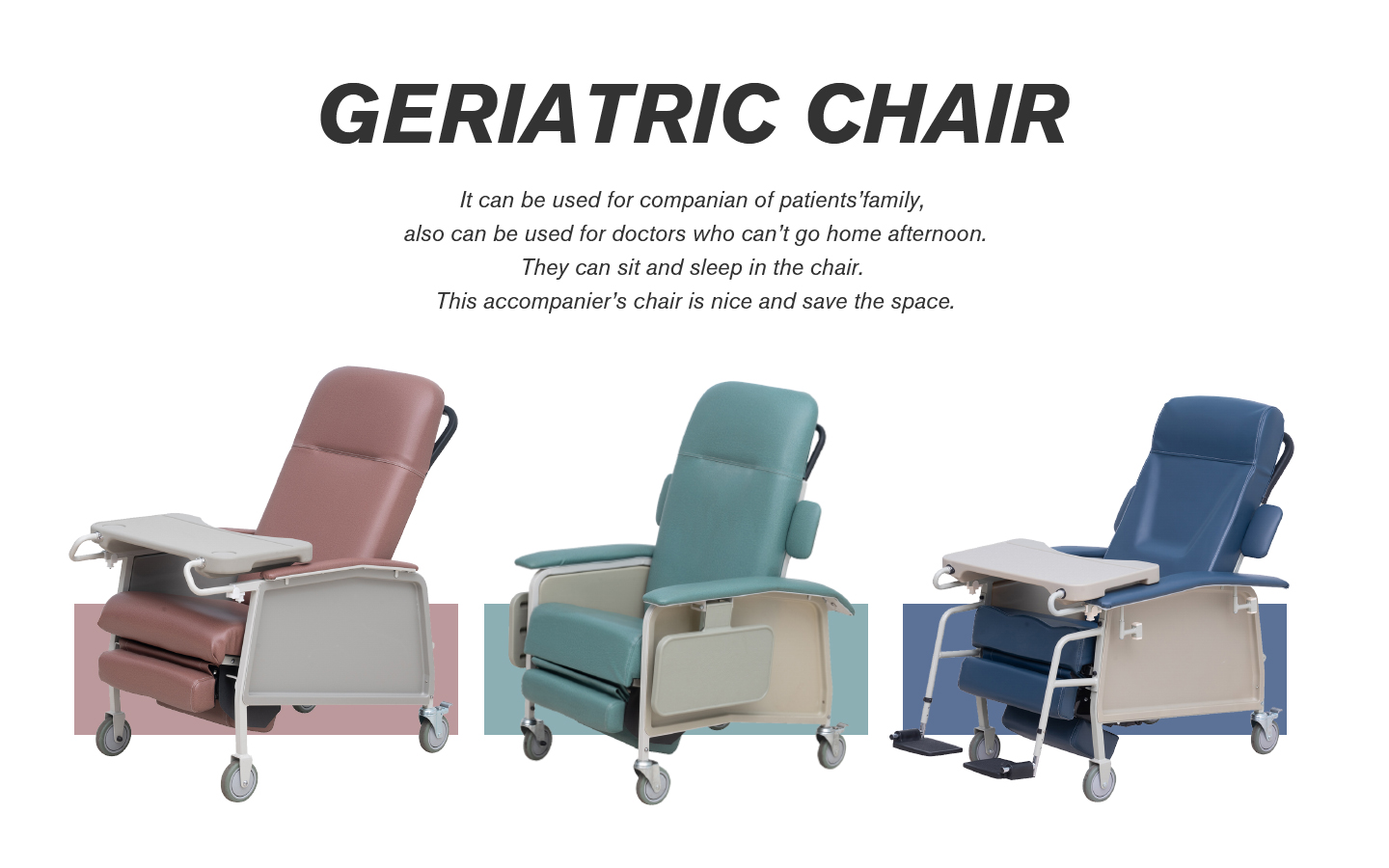
How to Prepare the Hospital Chair Recliner for Use
Properly preparing a recliner hospital chair ensures patient safety and comfort. Follow these steps:
- Inspect and Clean: Check the reclining hospital chair for any damage. Then, wipe down all surfaces, especially the armrests and controls, with a disinfectant.
- Secure the Chair: Always lock the wheels on the recliner hospital chair to prevent it from moving. Engage any additional safety locks.
- Position Accessories: Place any necessary support pillows or cushions on the reclining hospital chair based on the patient’s needs.
- Understand the Controls: Familiarize yourself with the recliner hospital chair’s mechanism, whether it is manual (with a lever) or electric (with a button or remote).
- Adjust the Position: After helping the patient sit down, use the functions of the reclining hospital chair to find the best position. An upright position is for eating, a slight recline for resting, and a flat position for sleeping.
- Final Safety Check: Ensure the recliner hospital chair is stable, all locks are engaged, and the patient is comfortable and secure.
By following these steps, you can ensure the reclining hospital chair is ready for safe and effective use.
How to Adjust the Hospital Chair Recliner as a Caregiver
When I adjust a hospital recliner for someone, my top priorities are their safety and protecting myself from injury. I’ve learned that using the right adjustment methods is vital, whether I’m in a hospital or a home.
Essential Steps for Safe Adjustment
Use Good Body Mechanics: Based on my experience, you should bend at your knees, not your waist. This is the best way to prevent back injuries. I also make sure to keep a stable stance for good balance.
Check Arm and Leg Position: I always check the patient’s arms and legs first. This simple step stops them from getting pinched or hurt when the chair moves.
Lock the Brakes: I double-check that the chair’s wheels are locked. This holds the recliner still while I make changes or help the patient move.
Understanding Common Recliner Positions
Upright Position: This position is good for eating, talking, or reading. It also helps the patient sit up or get out of the chair more easily.
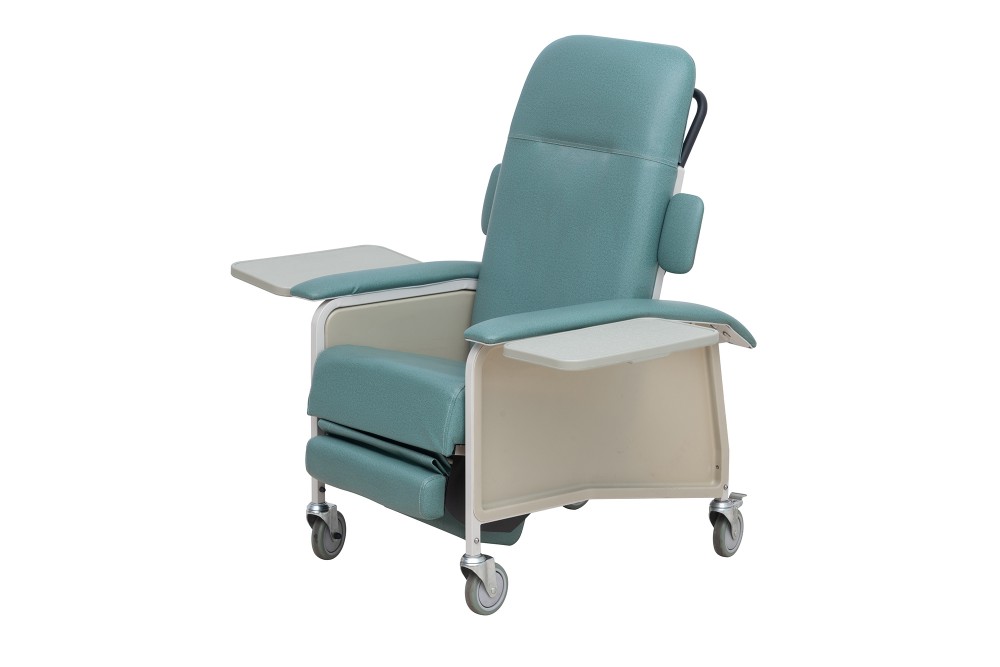
TV Position: This is a slight recline. I find it’s perfect for relaxing and watching television.
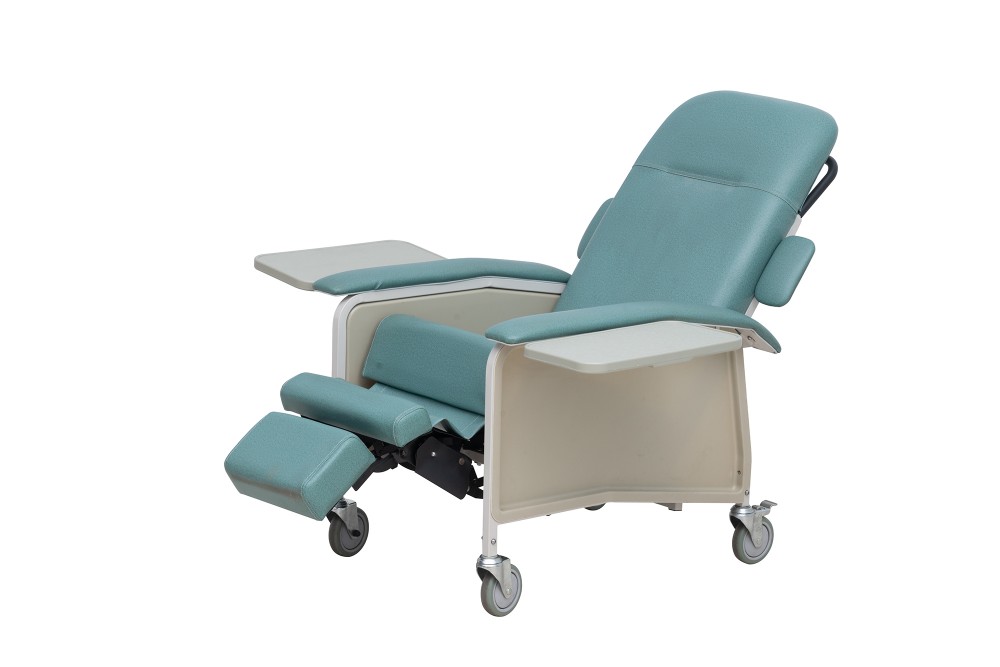
Full Recline: Here, the backrest and footrest are all the way out. This position gives the most support for resting or sleeping.
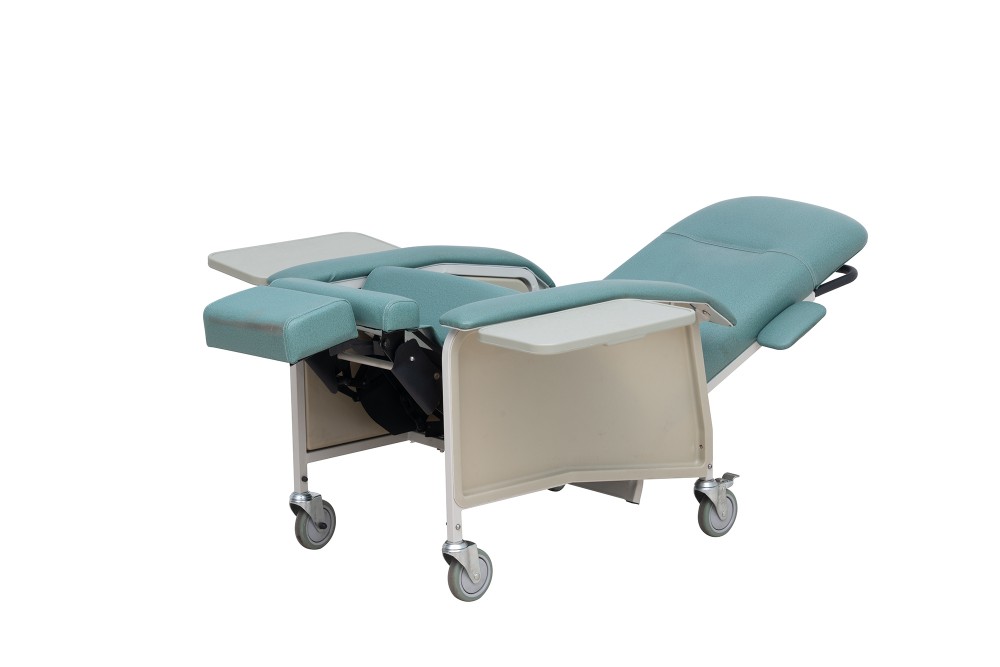
Trendelenburg Position: This position raises the patient’s feet about 12° above their head, which helps improve blood flow. I often see it used for patients with low blood pressure. I suggest using the correct controls for this, and you should never leave the patient alone in this position.
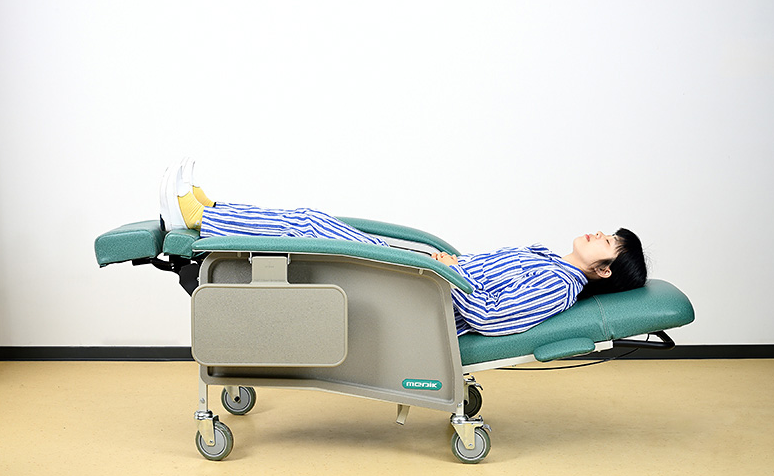
Manual Recliner Adjustment Steps
- Release the Footrest: I pull the side lever to release it. Sometimes, I need to hold the patient for balance.
- Recline the Backrest: I push back on the backrest with a smooth motion. Then, I guide the chair into the TV or full-recline position.
- Use Trendelenburg: First, I move the chair to full recline. Then I find the lever at the back. I pull and hold it while pressing the backrest down with steady pressure.
- Return to Upright: To bring the patient up, I lift and hold the lever. Then, I raise the backrest at a slow pace.
Data and Best Practices
From my experience, improper adjustments cause many muscle and back injuries for caregivers. I recommend you always focus on your safety. Use good body mechanics and the right tools.
The Trendelenburg setting is a 12° inverted recline. You should use it only when there is a clear medical need.
I suggest maintaining and checking recliners often. This ensures they work properly when you need them.
Example Case: Assisting a Post-Operative Patient
Here’s an example. I need to move a patient who just had surgery into a full recline to rest. I start by supporting their back and bending my knees. I release the lever and guide the chair back with a smooth motion. During the move, I check their arm and leg placement and make sure the brakes are locked. I ensure the patient is comfortable and safe before I step away.
How To Adjust Hospital Chair Recliner By Self
Adjusting your hospital chair can make a big difference in your comfort and safety. I’ll give you a guide I use for myself and for helping others recline a chair the right way.
My Step-by-Step Adjustment Process
Choose Your Position: I recommend picking from four main positions:
- Upright: This is good for sitting or eating.
- TV position: You are slightly reclined, which is great for relaxing or watching TV.
- Full Recline: This is a flat, bed-like position. It’s my favorite for naps.
- Trendelenburg: Your body is flat, but your feet are raised more than 12°. I know this position helps with blood flow and doctors use it for specific health needs.
Lock the Position: Once you find a comfy spot, lock the chair in place. This makes sure it’s secure.
Adjust Pillows and Support: I suggest you align your head, neck, and spine. Feel free to use extra pillows if you need more support.
Check Comfort: Ask yourself, “Am I comfortable?”If you feel uncomfortable, make appropriate adjustments.
Using a hospital chair recliner correctly makes all the difference in recovery and comfort. I’ve seen how proper positioning can help patients heal faster and rest better. Remember, whether you’re a caregiver or adjusting it yourself, always prioritize safety first – lock those wheels, check positioning, and take your time. When you master these skills, you’re not just operating furniture; you’re providing comfort and care when it’s needed most.If you need to purchase batch of hospital reclining chair, Grace Medy as a hospital furniture manufacturer has more options for you.
